Douglas AC-47 Spooky — The Magic Dragon Gunship
February 10th, 2024
7 minute read
In today’s article, Dr. Will Dabbs, a former U.S. Army aviator, examines the Douglas AC-47 Spooky. The first in a series of fixed wing planes developed by the U.S. Air Force to be used as gunships, the aircraft brought a lot of firepower to Americans with an urgent need in the Vietnam War. Equally important, the success of the AC-47 in its ability to provide close air support in Southeast Asia led to the further development of this type of aircraft — an important staple in the modern day United States Air Force.
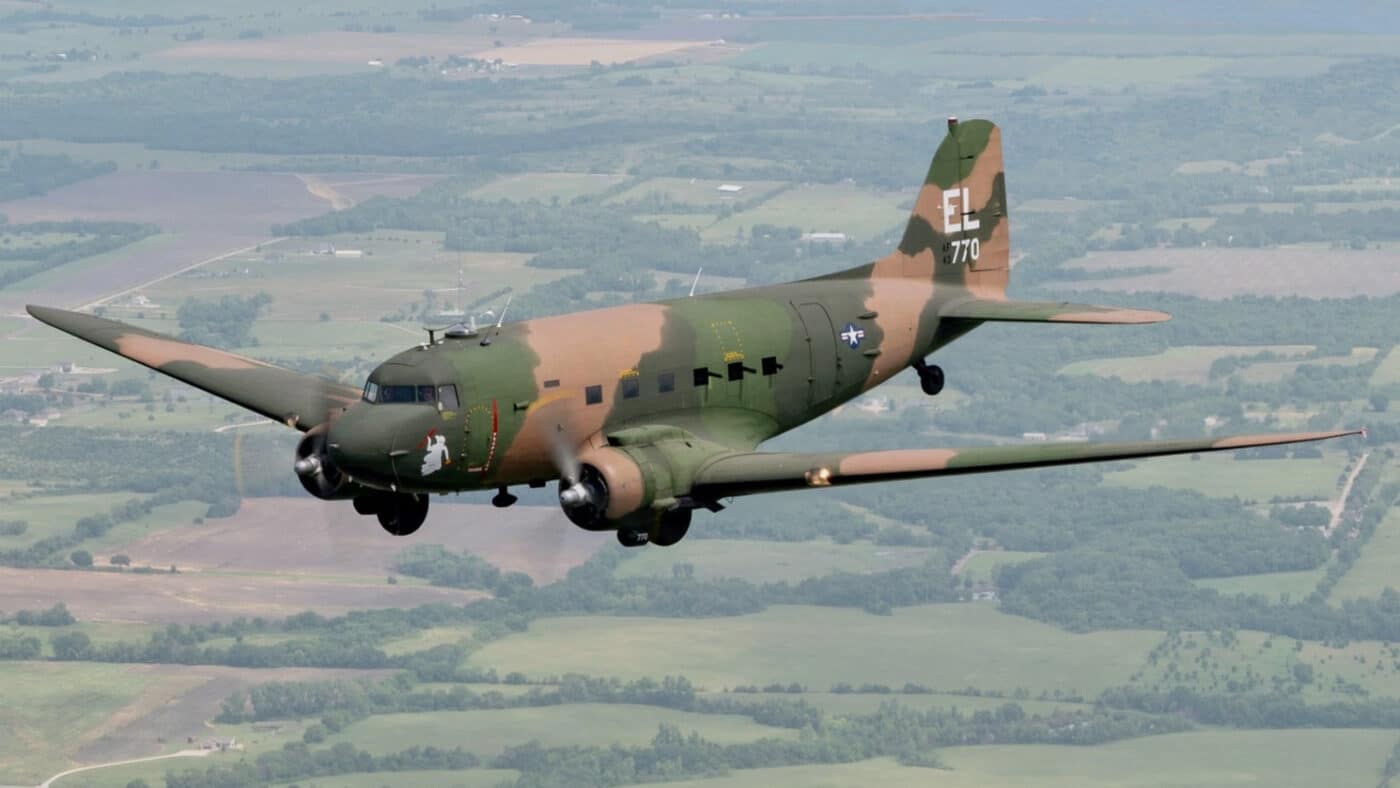
In 1964, we Americans were just getting a feel for what was soon to become a very long war in Vietnam. Most of the combat troops were Special Forces soldiers deployed deep into hostile territory as combat multipliers. Their mission was to train indigenous troops to fight the Viet Cong guerillas. It was messy, horrible work in incredibly dangerous spaces. A saving grace was the ready availability of American air support.
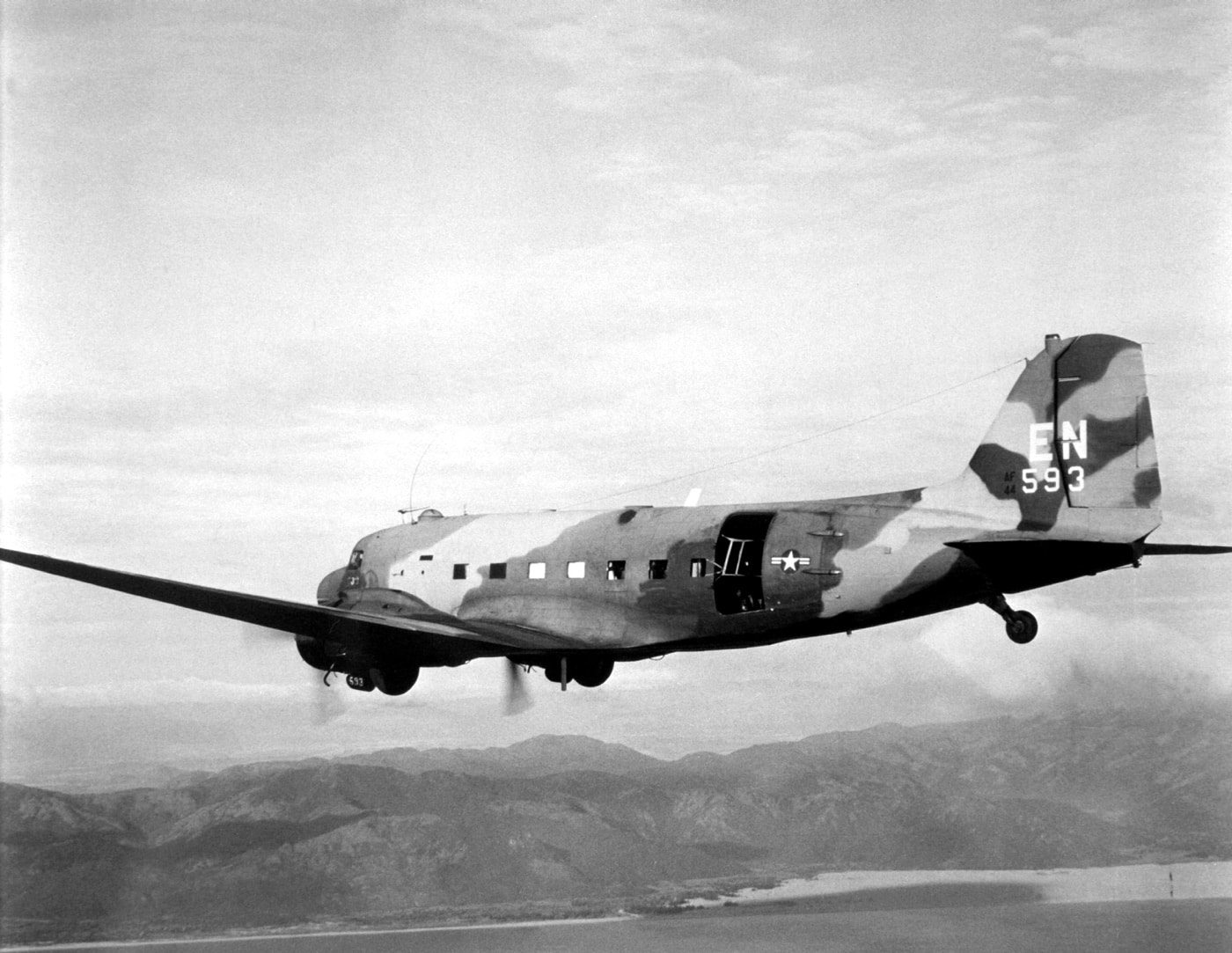
A dozen or so Green Berets tucked out in the Mekong Delta in 1964 could start to feel awfully lonesome. The VC were desperate to crush these interlopers before they could gain a solid foothold. The stage was set for an epic scrap.
An On-Call Dragon
It was late in the evening of 23 December 1964, and the American troops at the Special Forces outpost at Tranh Yend were not feeling terribly festive. What had begun as an apparent harassment and probing attack was rapidly evolving into something altogether worse. With Charlie pressing into the wire and the entire camp in serious danger of being overrun, the detachment commander made a desperate call for help.
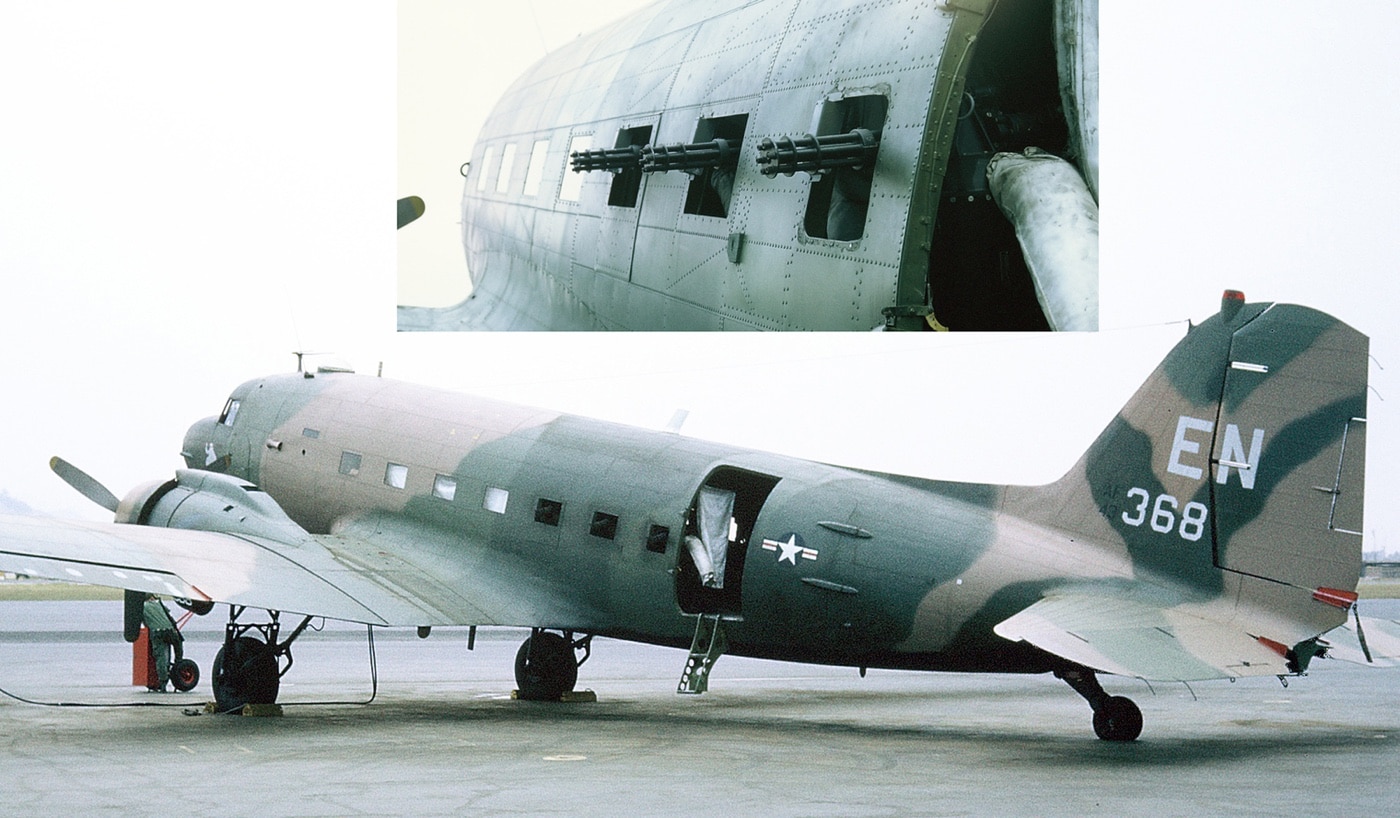
These were the days before widespread use of night vision devices, so the only way to really see anything after dark was flares. In a world where fast-moving attack jets could bring immense volumes of pain, these support assets simply couldn’t hit what they couldn’t see. Charlie owned the night, and he knew it. Things were looking bleak.
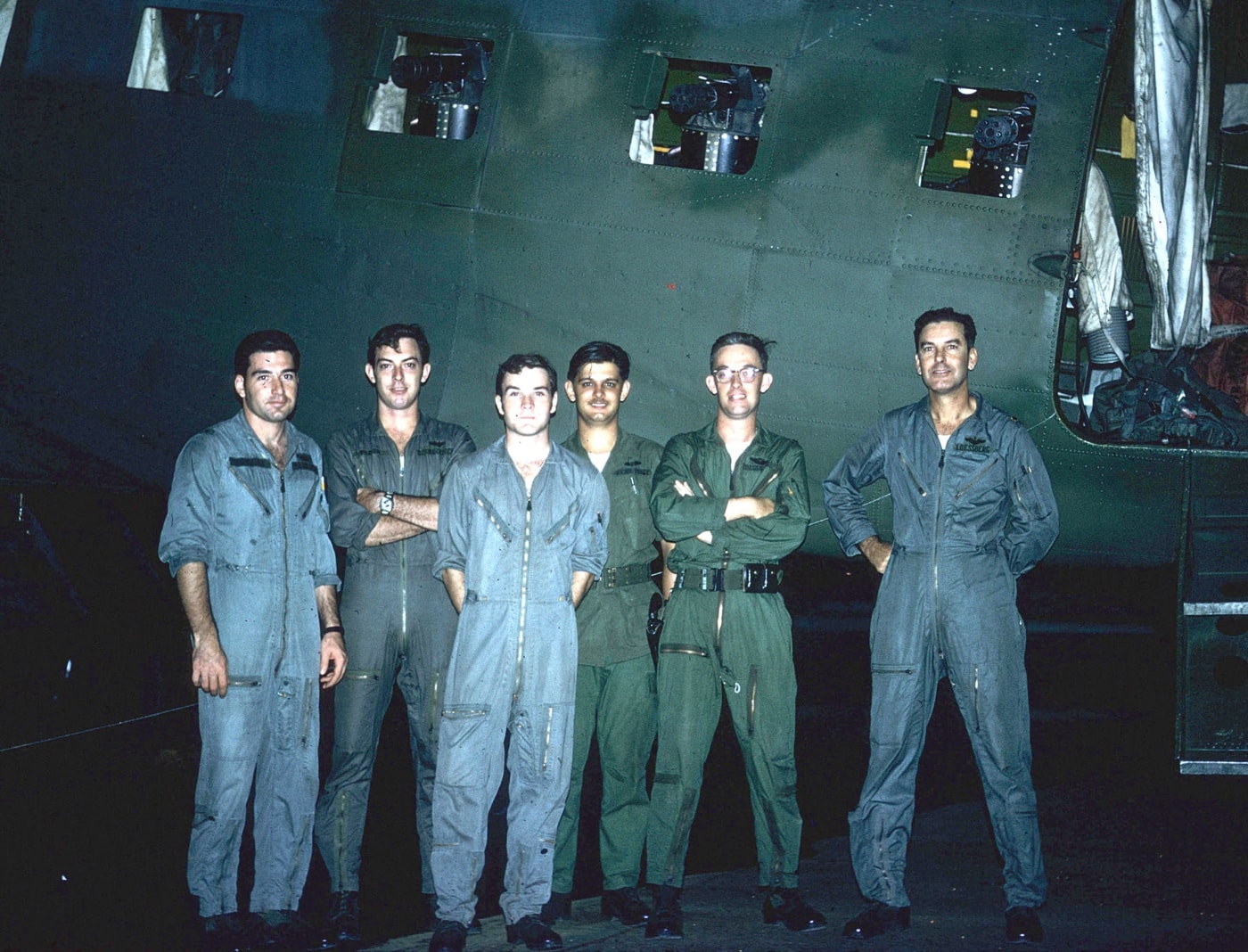
A mere 37 minutes after the emergency call went out, the beleaguered SF guys could hear the throaty rumble of a pair of ancient Pratt and Whitney Twin Wasp WWII-vintage radial engines. The American defenders, like the VC they were facing, were more accustomed to jets. All involved were put a bit off balance by this new development.
Crouching in the jungle, the ample VC attack force was poised for its final push. If they could get the Americans to burn through the last of their Claymores and then breach the wire, the camp would be theirs. By dawn, the VC commander expected to see his communist flag raised over the American command bunker. And then everything changed.
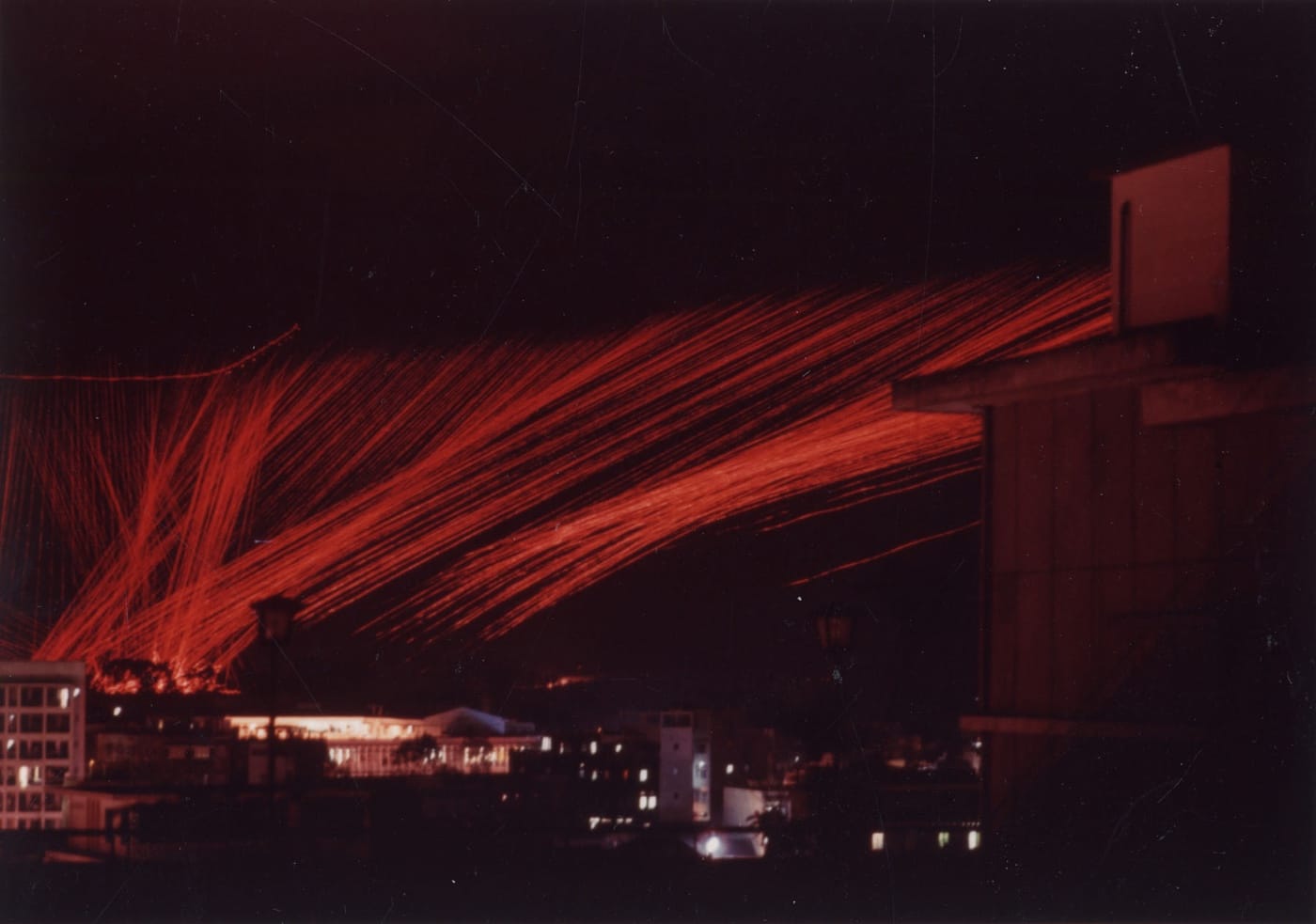
Suddenly and without warning, .30-caliber machine gun rounds began sleeting from above like a deluge. Where typically his men could take cover behind logs and trees to escape probing American fire, this time death roared down directly from the darkness overhead. In moments the orbiting aircraft had expended some 4,500 rounds and broken the back of the VC attack. Charlie had just gotten his first rude introduction to Puff, the Magic Dragon.
A Spooky Origin Story
The guys who first strapped miniguns into those old WWII-vintage cargo planes really figured it out as they went along. The first testbed was actually Project Tailchaser under the command of Air Force Captain John Simons. Simons and his team mounted a single GAU-2/A .30-caliber electrically-powered Gatling gun onto a Convair C-131B Samaritan transport plane just to see how it might work. In practice, the concept was effective beyond their wildest expectations.
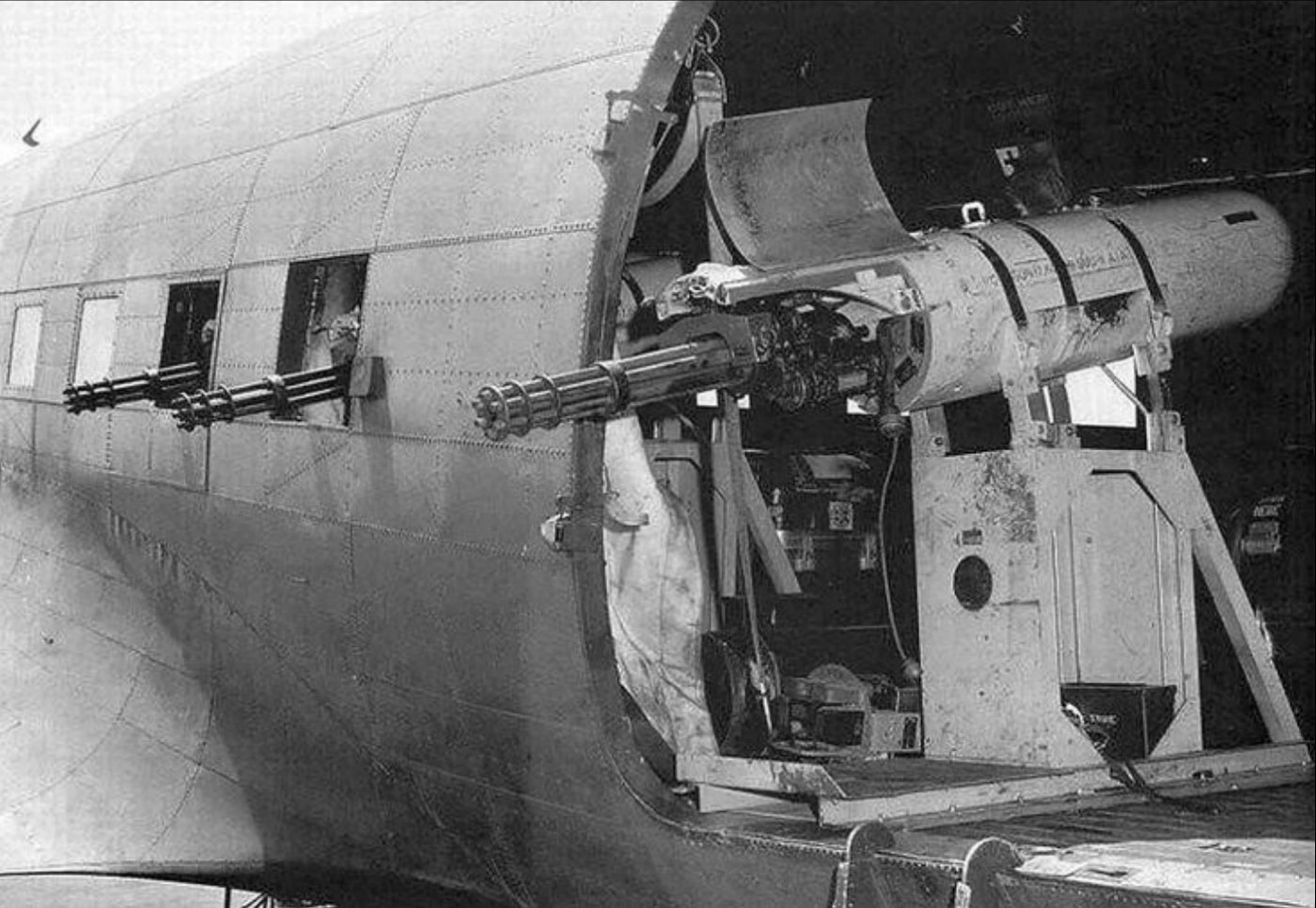
It really all came down to physics. With the minigun fixed in place firing out the left and at a downward angle, Cpt. Simons took it to the range and set the big plane up in a pylon turn over a reference point on the ground. He then fired the weapon and made a grease pencil mark on the side windscreen where the bullets struck. By some basic pilotage he could adjust the fall of his rounds based upon how he orchestrated his turn. The success of that test led to the subsequent Project Gunship in October of 1964.
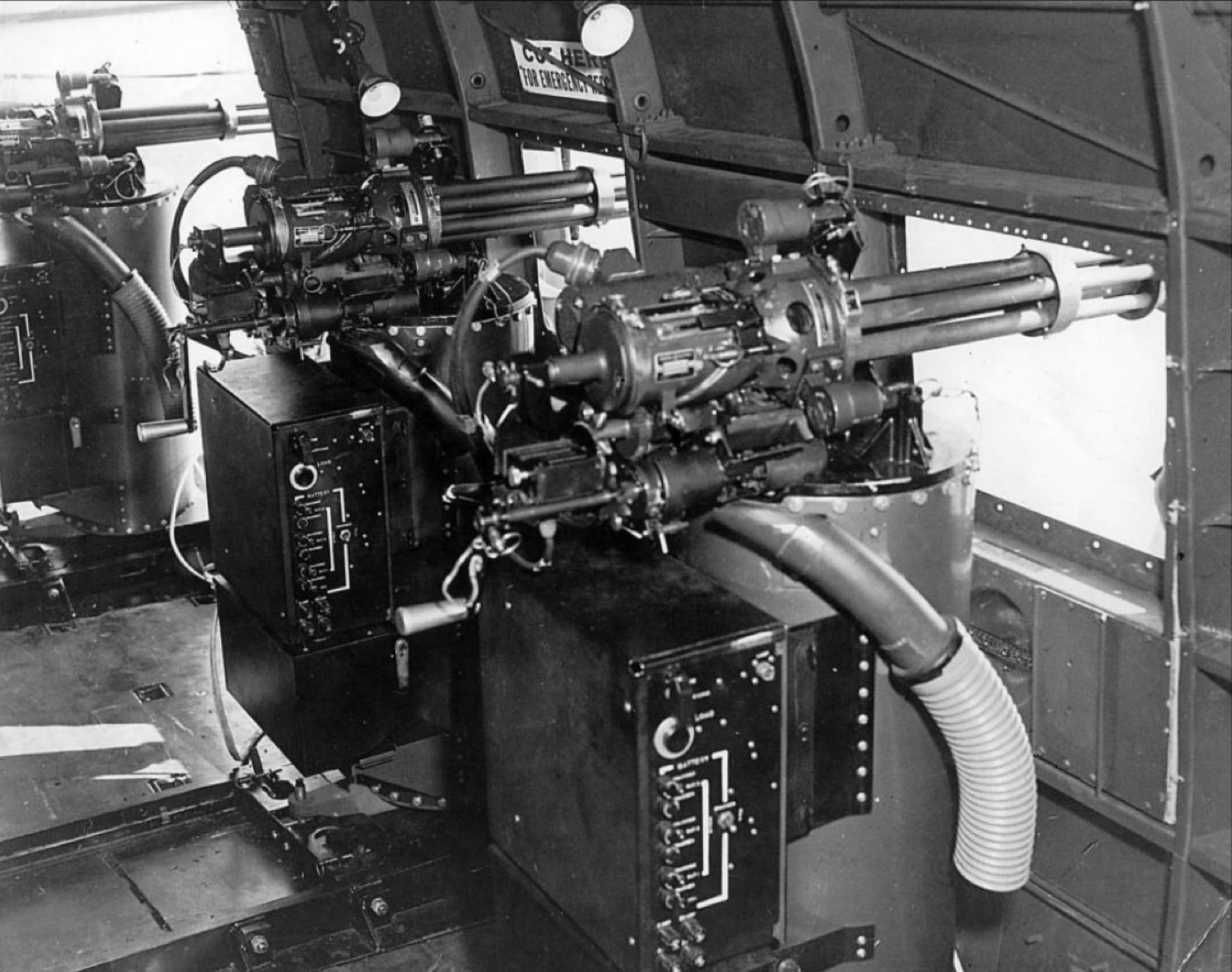
Project Gunship involved mounting three miniguns in the cargo compartment of a Douglas C-47 Skytrain. The C-47 Skytrain was the same lumbering cargo aircraft that took American paratroopers into Normandy on D-Day. Two of these guns fired out of the windows, while the third was oriented in the open cargo door. Initial tests involved simply securing standard external minigun pods in place with tiedown straps. Later versions used improvised and eventually standardized fixed mounts. The pilot managed the guns from controls on the yoke, while crewmen in the back reduced stoppages and kept the fast-firing weapons fed. The pilot could select any or all weapons along with two different firing rates — either 3,000 or 6,000 rounds per minute. At its maximum cyclic rate this improvised gunship spewed some 300 rounds per second. With a little practice, the subsequent type-classified AC-47 was devastating.
The operators behind Project Gunship outfitted two C-47 aircraft but then ran out of miniguns. The GAU-2/A was a relatively new weapon, and everybody wanted them. As a stopgap, the Gunship crews substituted ten AN/M2 .30-caliber Browning machineguns. However, these recoil-operated weapons jammed frequently using the WWII and Korean War surplus ammo available at the time. They also filled the main cabin with noxious fumes. Additionally, these 10 conventional machineguns could only produce the fire density of a single minigun.
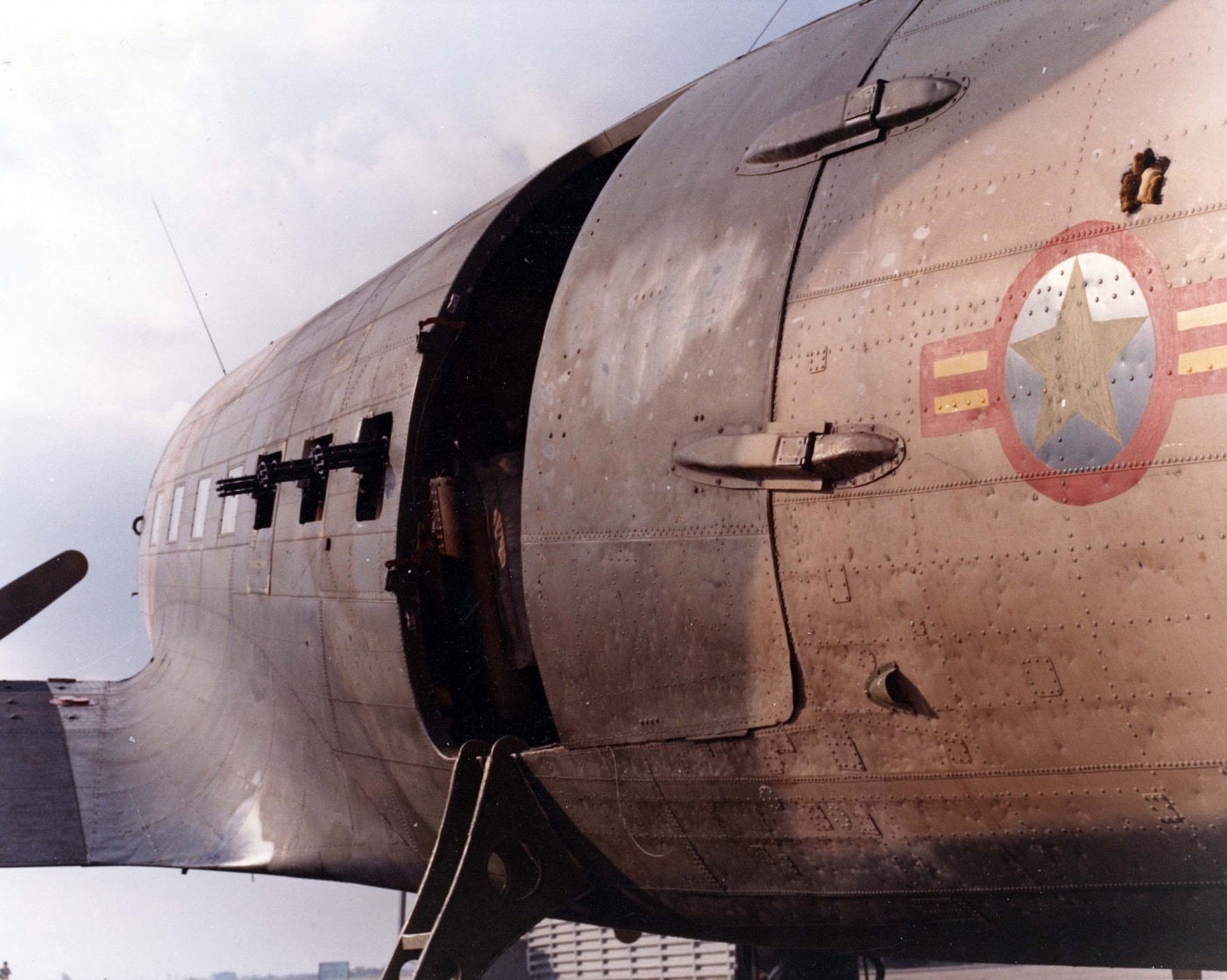
The attack profile typically put the airplane in a left-hand orbit at 120 knots and 3,000 feet. A skilled pilot could saturate every square yard of a football field-sized space in under 10 seconds. The basic combat load was 45 flares and some 24,000 rounds of ammunition. The plane itself could loiter on station for hours.
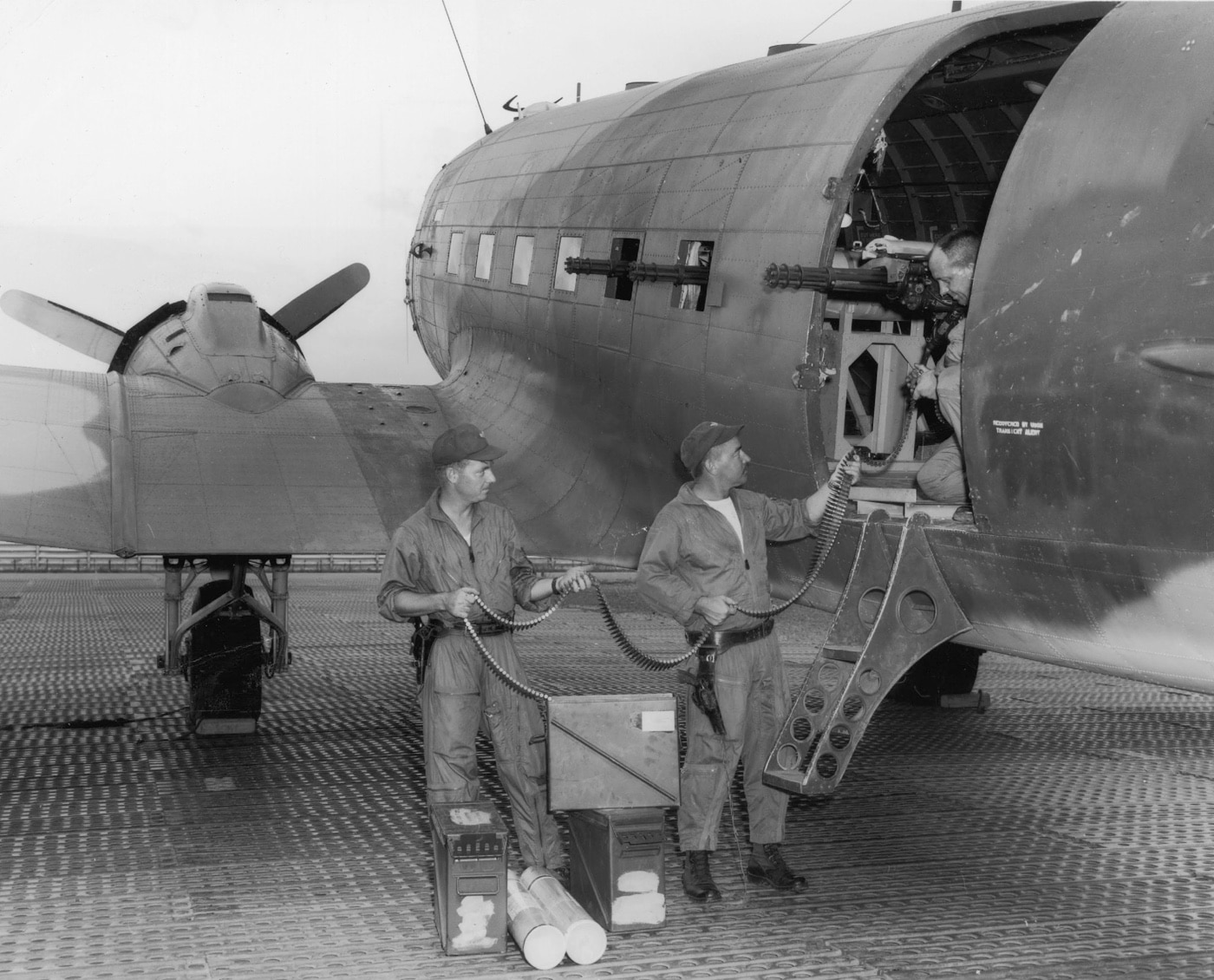
The AC-47 used the call sign Spooky. The supported grunts referred to the plane as Puff the Magic Dragon after the 1963 Peter, Paul, and Mary song. Ground troops fell madly in love with the machines.
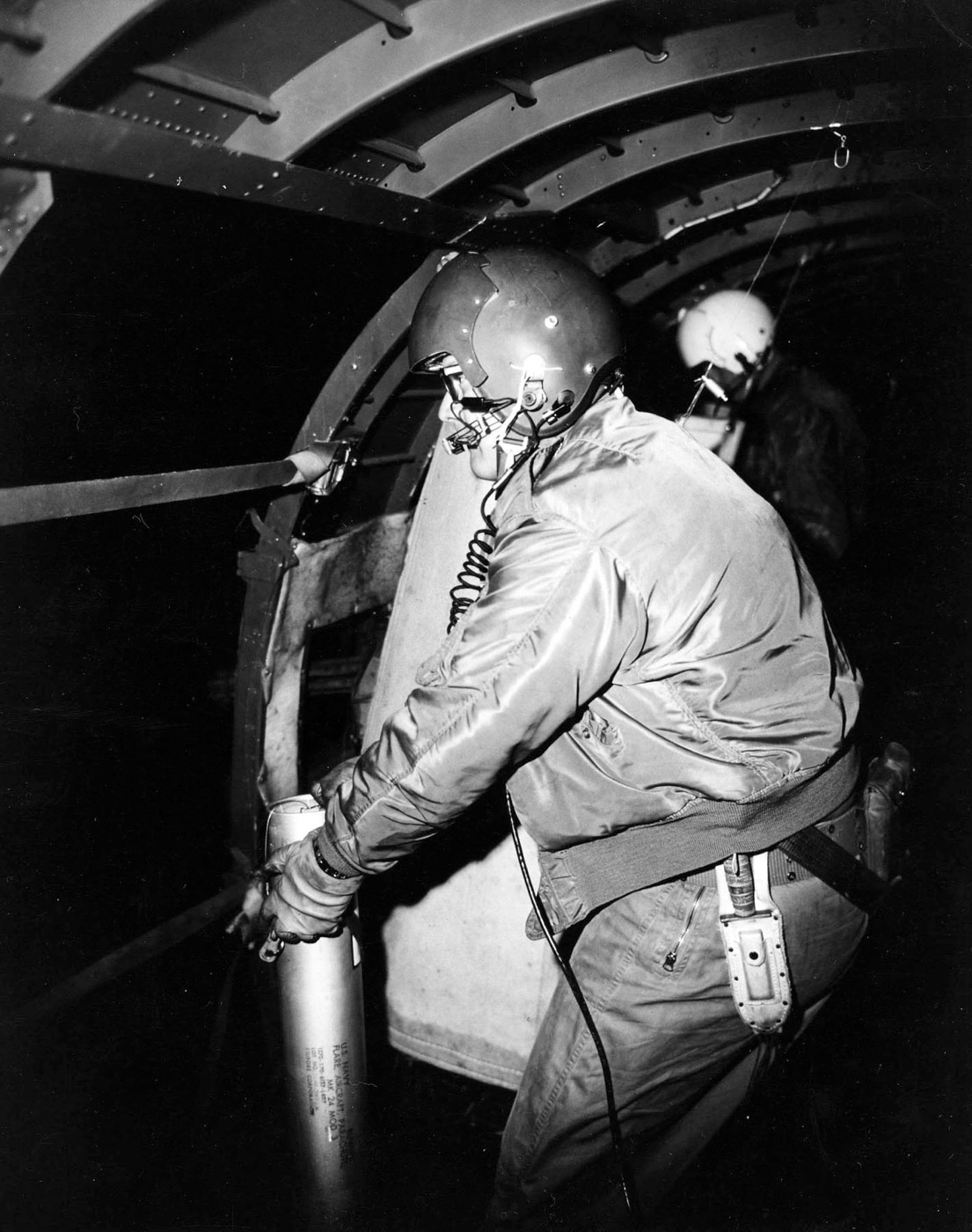
The AC-47 flew mostly at night to avoid ground fire. Once the crews got synchronized with the supported troops, Puff turned into a proper monster. On the night of 8 February 1965, an AC-47 operating near Bong Son was called upon to help blunt a determined VC attack. The plane orbited above the battlefield for more than four hours and burned through 20,500 rounds. By the time the aircraft was forced to return to base, the crew had killed nearly 300 VC irregulars.
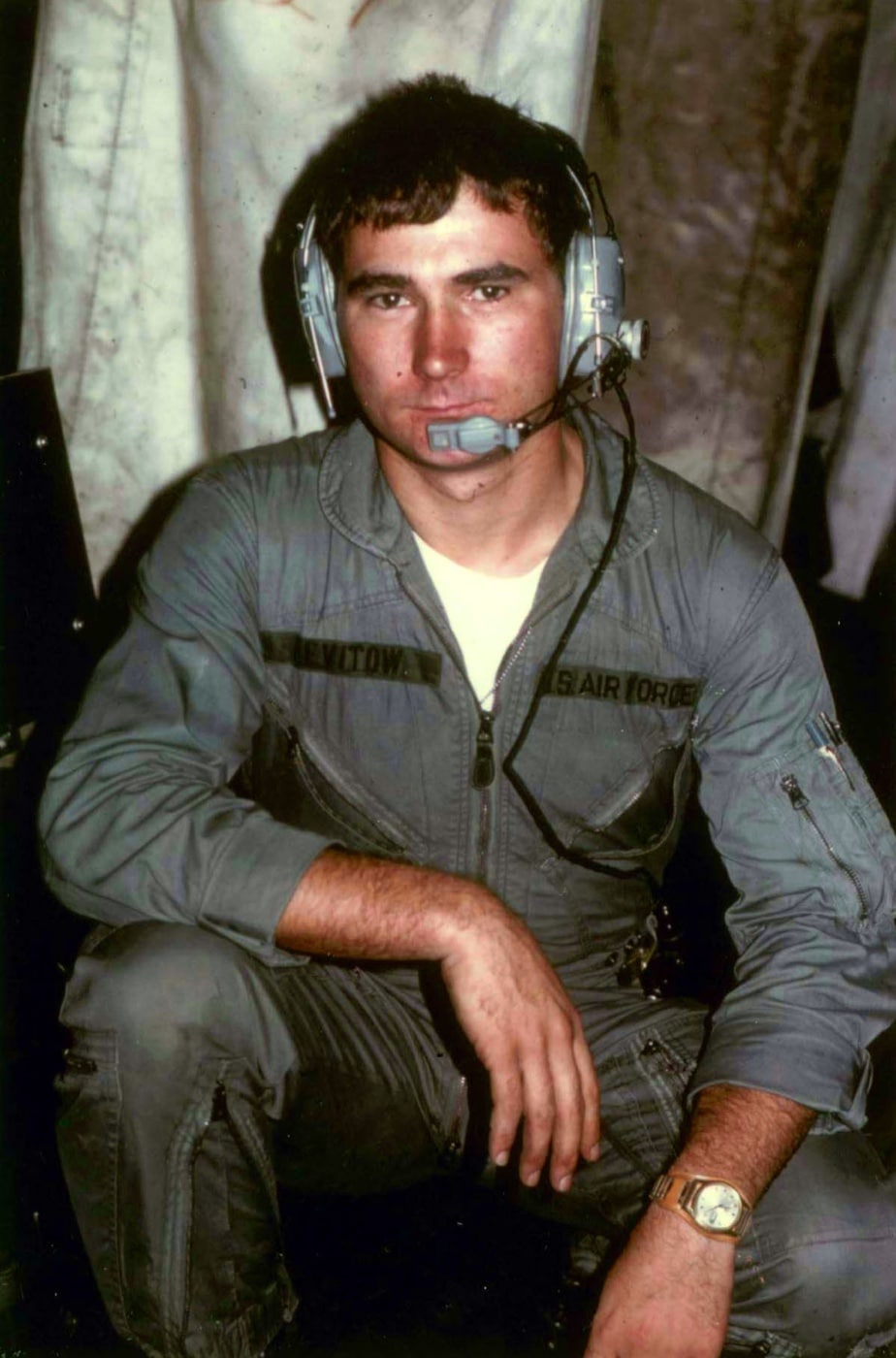
Technical Specification of the AC-47D
| Crew | 7 or 8 — pilot, copilot, navigator, flight engineer, loadmaster, and at least 2 gunners |
| Length | 64′ 05″ |
| Wingspan | 95′ |
| Max. Gross Weight | 33,000 lbs |
| Powerplant | 2x Pratt and Whitney R-1830 Twin Wasp 14-cylinder radial engines |
| Max. Speed | 200 knots (230 mph) |
| Range | 2,175 miles |
| Service Ceiling | 24,450′ |
| Armament | 3x General Electric GAU-2/A 7.62x51mm miniguns |
Ruminations on the Fixed-Wing Gunship
Eventually the Air Force fielded 53 AC-47 airframes. A dozen were lost in combat. The surviving machines were transferred to the Air Forces of South Vietnam, Laos, Thailand, Colombia and El Salvador.
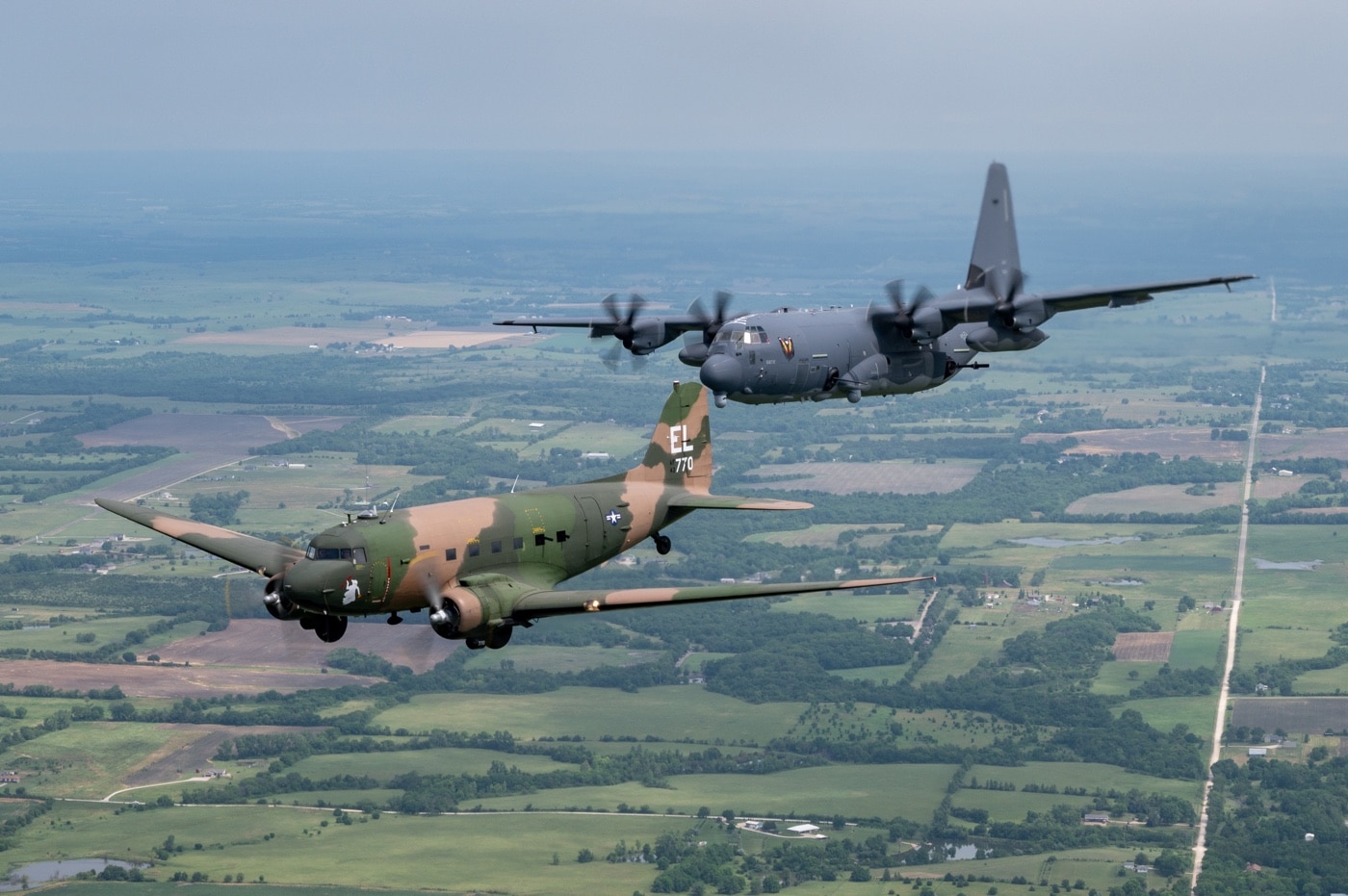
While the AC-47 was indeed a paradigm-shifting weapon system, it was even more important for what it went on to become. The lessons learned in combat by the crews of the AC-47s eventually informed the development of the AC-130 Spectre. Spectre remains at the very tip of the spear even today this deep into the Information Age. And all that began with some innovative airmen who strapped a bunch of miniguns down in an old WWII-vintage cargo plane and improvised a gunsight with a grease pencil.
Editor’s Note: Please be sure to check out The Armory Life Forum, where you can comment about our daily articles, as well as just talk guns and gear. Click the “Go To Forum Thread” link below to jump in and discuss this article and much more!
Join the Discussion
Continue Reading
Did you enjoy this article?

 667
667






